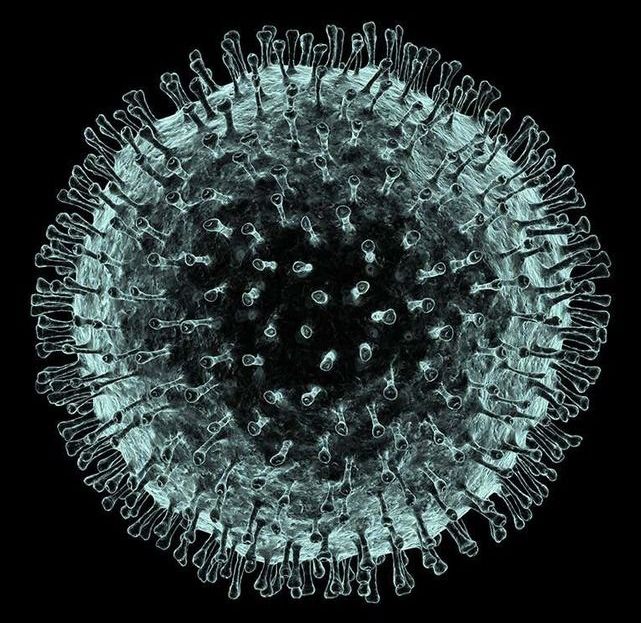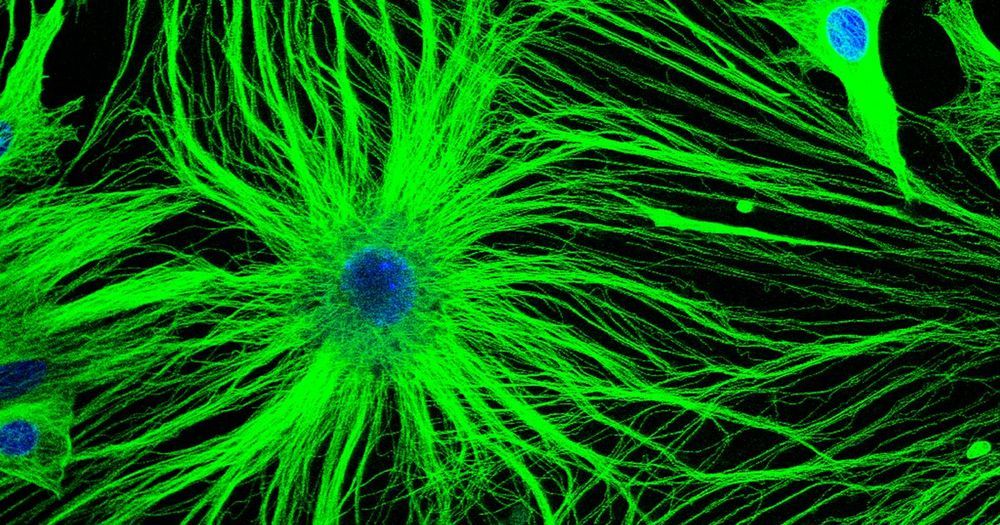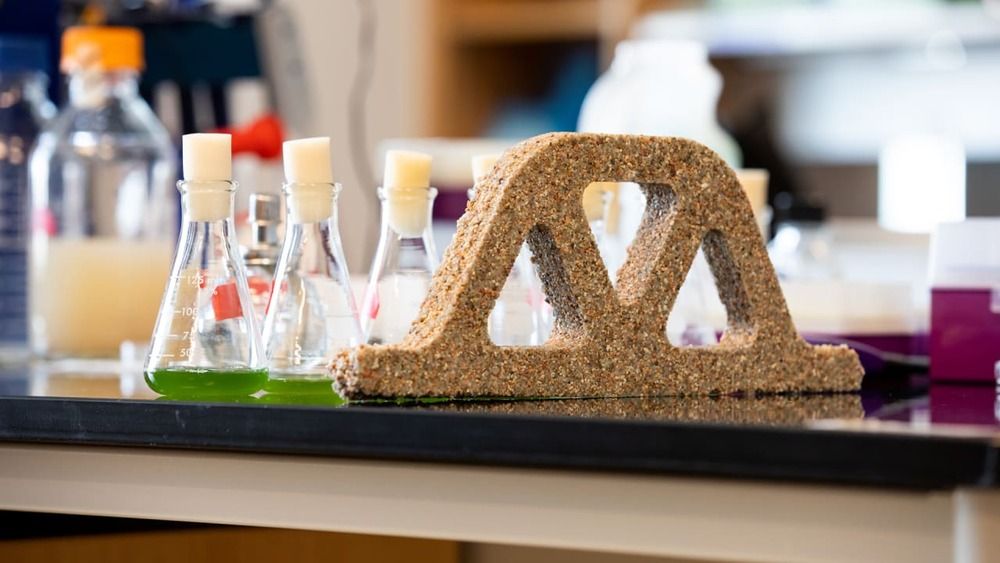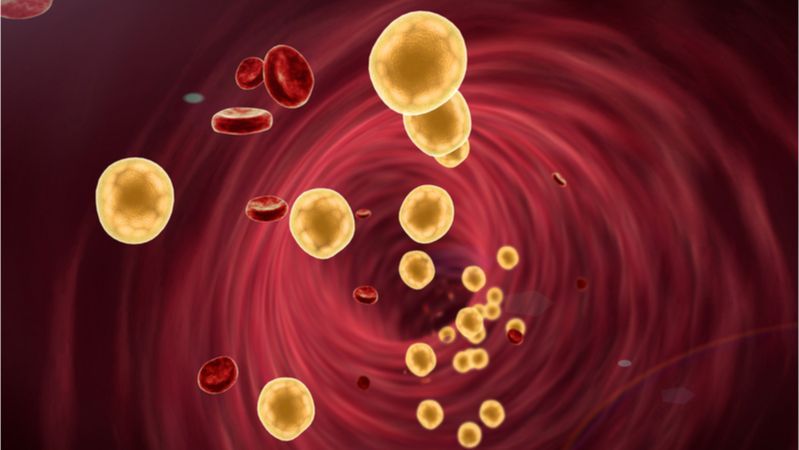Drug development is an extremely arduous and costly process, and failure rates in clinical trials that test new drugs for their safety and efficacy in humans remain very high. According to current estimates, only 13.8% of all tested drugs demonstrate ultimate clinical success and obtain approval by the Food and Drug Administration (FDA). There are also increasing ethical concerns relating to the use of animal studies. As a result, there has been a world-wide search to find replacements for animal models.
To help address this bottleneck in drug development, Donald Ingber, M.D., Ph.D., and his team at Harvard’s Wyss Institute for Biologically Inspired Engineering, developed the first human “Organ-on-a-Chip” (Organ Chip) model of the lung that recapitulates human organ level physiology and pathophysiology with high fidelity, which was reported in Science in 2010. Organ Chips are microfluidic culture devices composed of a clear flexible polymer the size of a computer memory stick, which contains two parallel hollow channels that are separated by a porous membrane. Organ-specific cells are cultured on one side of the membrane in one of the channels, and vascular endothelial cells recapitulating a blood vessel line the other, while each channel is independently perfused with cell type-specific medium.









